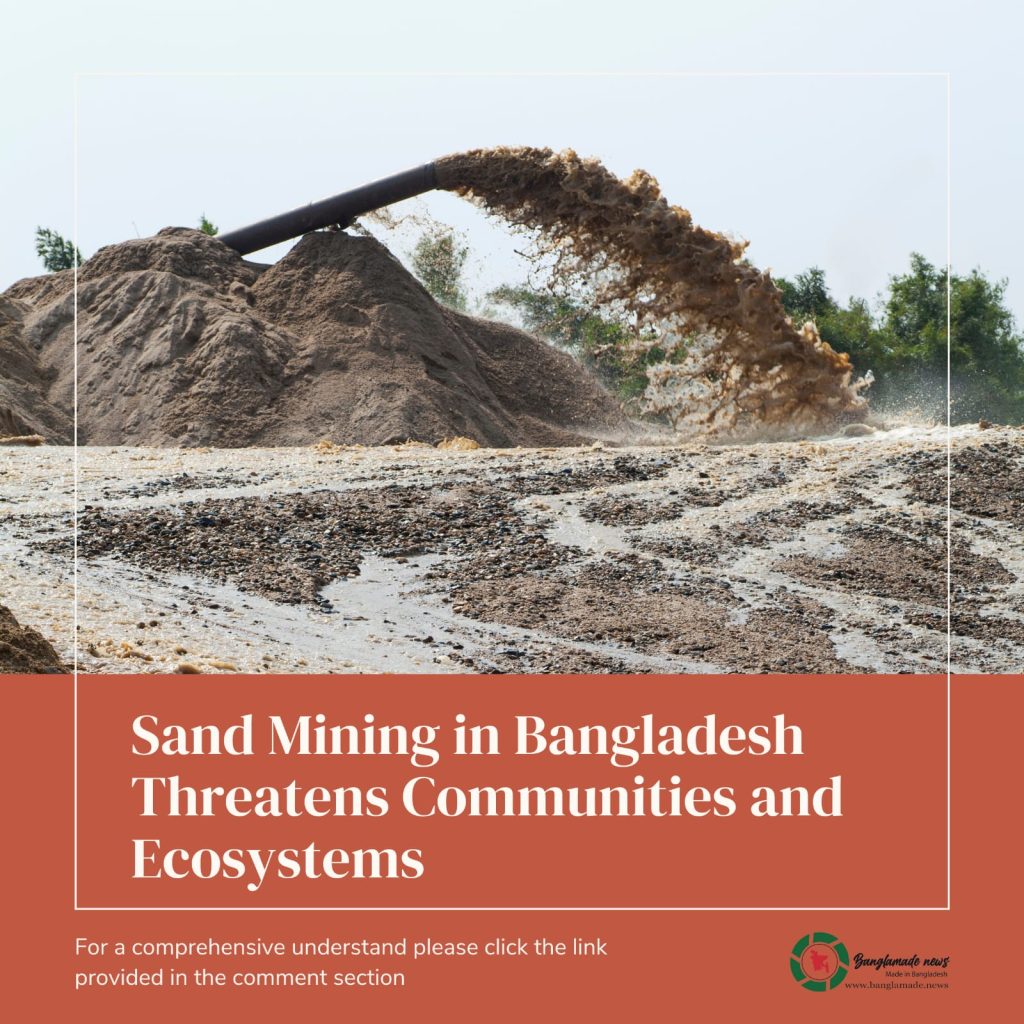
Like many developing countries, Bangladesh is experiencing rapid urban growth and infrastructure development. This has led to rampant and often illegal sand mining from rivers, greatly impacting river-dependent communities and fragile ecosystems.
Sand mining is becoming ubiquitous along the banks of major rivers like the Padma, Jamuna, and Meghna. Dredging machines indiscriminately extract sand day and night to meet the demand from the booming construction industry in cities like Dhaka. But this unchecked mining comes at a high cost.
Riverbank erosion and environmental degradation from mining has disastrous effects on riverside villages. Erosion swallows up homes and land vital to farming and fishing. Water sources become contaminated, fish stocks plummet, and wetlands disappear.
A recent report found that sand mining has lowered riverbeds across Bangladesh, reducing water levels during dry season when irrigation is most needed. Sand mining also allows saltwater to creep further upstream, degrading soils and freshwater habitats.
While mining provides short-term income to laborers, long-term impacts on fishing and agriculture are devastating local livelihoods dependent on the rivers. Villagers report 80-90% drops in fish catches due to habitat destruction, turbidity, and noise pollution from dredging.
Though banned, weak oversight allows illegal mining to continue unchecked. Researchers estimate that actual extraction amounts are three times what is reported officially. Lack of monitoring, corruption, and threats to whistleblowers enable over-mining despite restrictions.
As Bangladesh rapidly urbanizes, sustainable policies and enforcement measures are urgent to balance development demands with protection of ecosystems and river communities. Regional cooperation on monitoring and alternatives like offshore marine sand supplies will be key to tackling the widespread threats of sand mining across South Asia. Without intervention, the environmental and social costs imposed on vulnerable rural villages will continue to grow.
